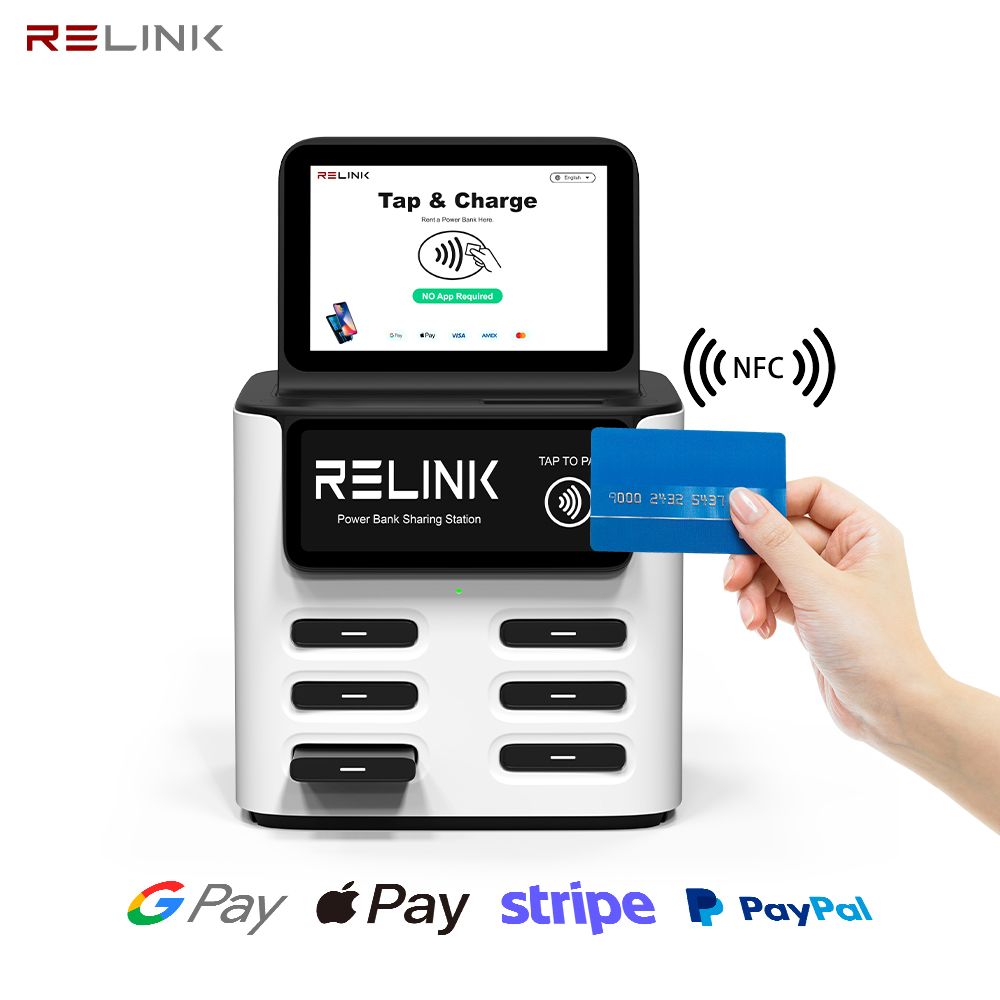The shared power bank market is still in a stage of continuous development. With the growing demand for convenient charging, the market has great profit potential. According to PwC’s forecast, by 2025, the sharing economy will grow to $335 billion, and globalization and urbanization are the most important drivers of this growth. This is also the biggest driver of the popularity and growth of the shared power bank market.
1. Rental fees
Shared power bank platforms earn income by charging users rent. Users can rent power banks through the APP and return them after using them for a period of time. The platform charges a certain fee based on the rental time and the number of power banks. This model is similar to the traditional rental model and can steadily obtain certain income. Shared power bank companies cover equipment costs, maintenance costs and profits by setting reasonable fees.
2. Advertising
Shared power bank devices are usually equipped with screens that can be used to play advertisements. Shared power bank brands can obtain advertising fees by renting advertising space to merchants. Since power banks usually have a long usage time, users will often be exposed to advertisements on them when using power banks, which provides advertisers with an effective brand promotion channel. The shared power bank platform can set advertising fees based on the usage of the power bank and the advertising coverage to achieve profitability.
3. Cooperative promotion
Shared power bank brands cooperate with shopping malls, hotels, stations and other places to place power banks in mainstream places, providing more usage scenarios for shared power banks. Through partner promotion, shared power bank brands can obtain more commercial benefits.
Profit structure of shared power bank agents:
Equipment utilization rate: The rental rate of equipment directly affects profitability. If the usage rate of power banks is high, it means that more users are willing to pay, thereby increasing profitability.
Competitive environment: The degree of competition in the market will also affect profitability. If there are too many shared power banks on the market, it may lead to price wars, thereby compressing profit margins, so the technology of the equipment itself (power bank capacity, charging speed and stability) also determines the choice of consumers
User satisfaction: Providing high-quality services can improve user satisfaction, encourage users to reuse, increase user stickiness, and increase rental rates.
The revenue of shared power banks is closely related to the location (passenger flow) of shared power banks. Different places such as restaurants, hotels, clubs, bars, KTVs, airports, stations, bath centers, cafes, beverage shops, shopping malls, cinemas, etc. have different charging standards.
According to the current market situation, most of them will be set at 2-3 euro/hour.(take Europe market for example) After the payback period, the subsequent long-term pipeline income belongs to themselves.
Shared power banks are different from other shared industries such as shared cars, shared clothing, and shared bicycles. For example, shared bicycles have very high requirements for the software and hardware of the products, and the channels for product promotion are also very high.
In addition, operation and maintenance also require a large amount of capital investment. Although it is a shared economy, the business model is more like a traditional industry.
Shared power banks are relatively simple. A power bank cabinet is placed in a fixed place, and it only needs to wait for users to use it. The initial investment is more, and the later expenses are lower and more convenient than the maintenance cost of bicycles.
Post time: Apr-03-2025






